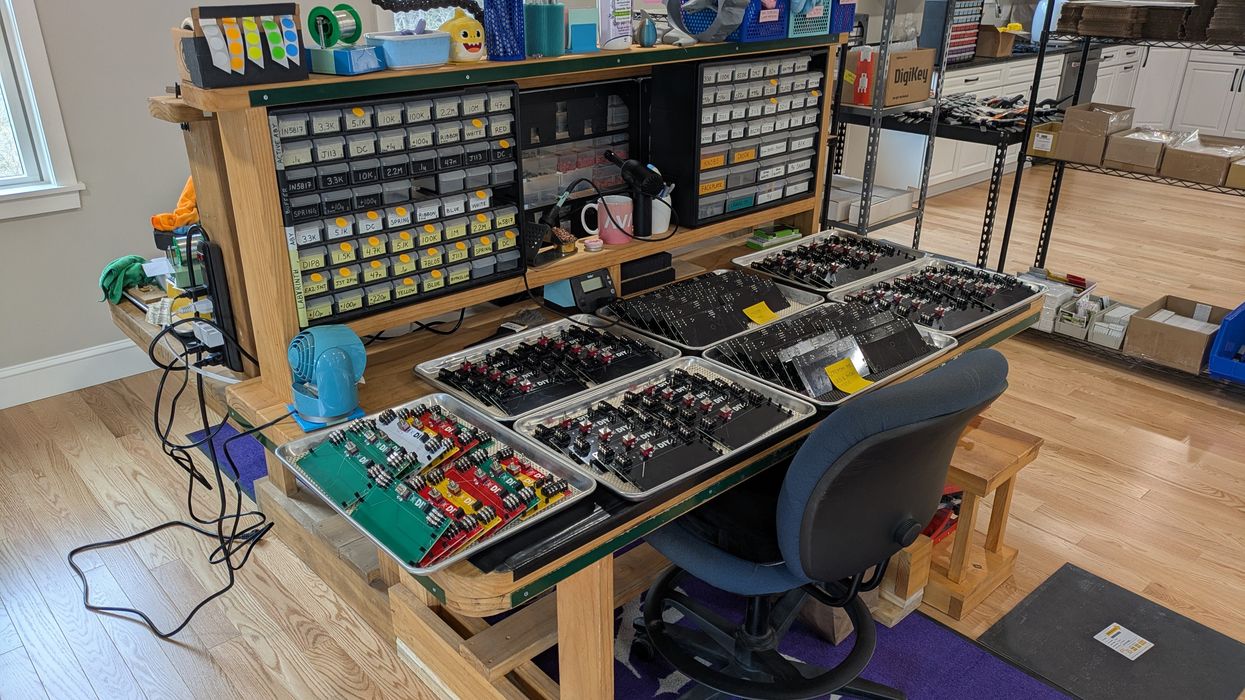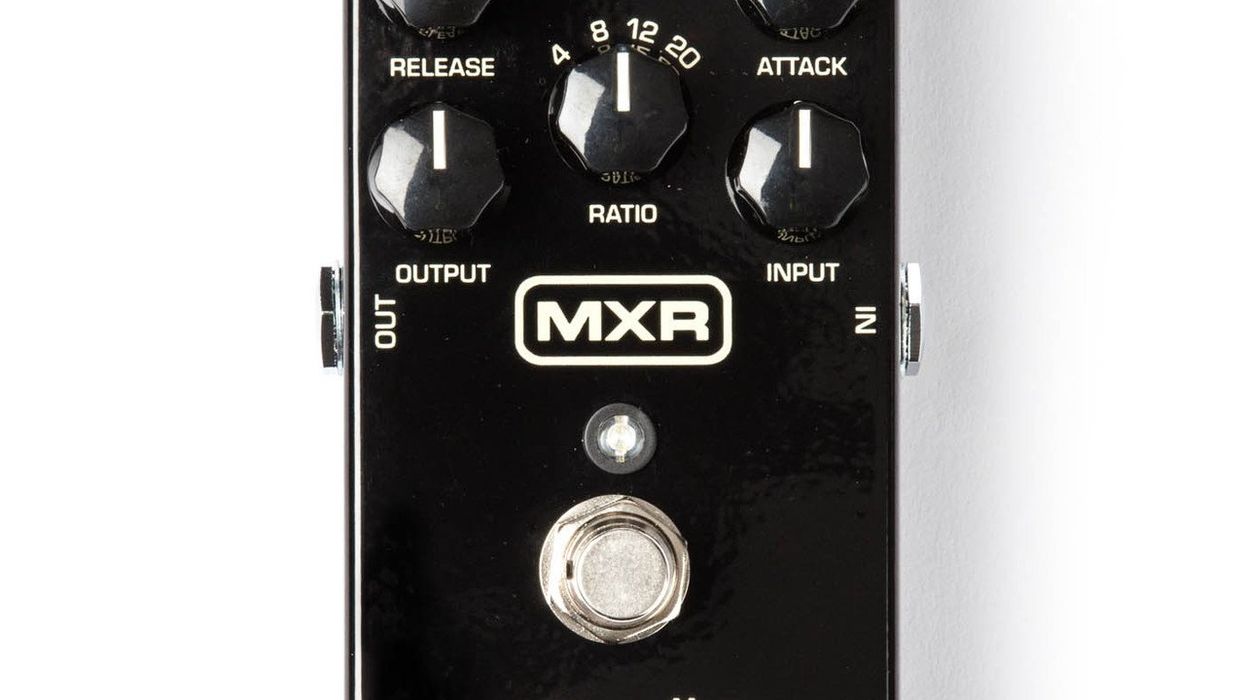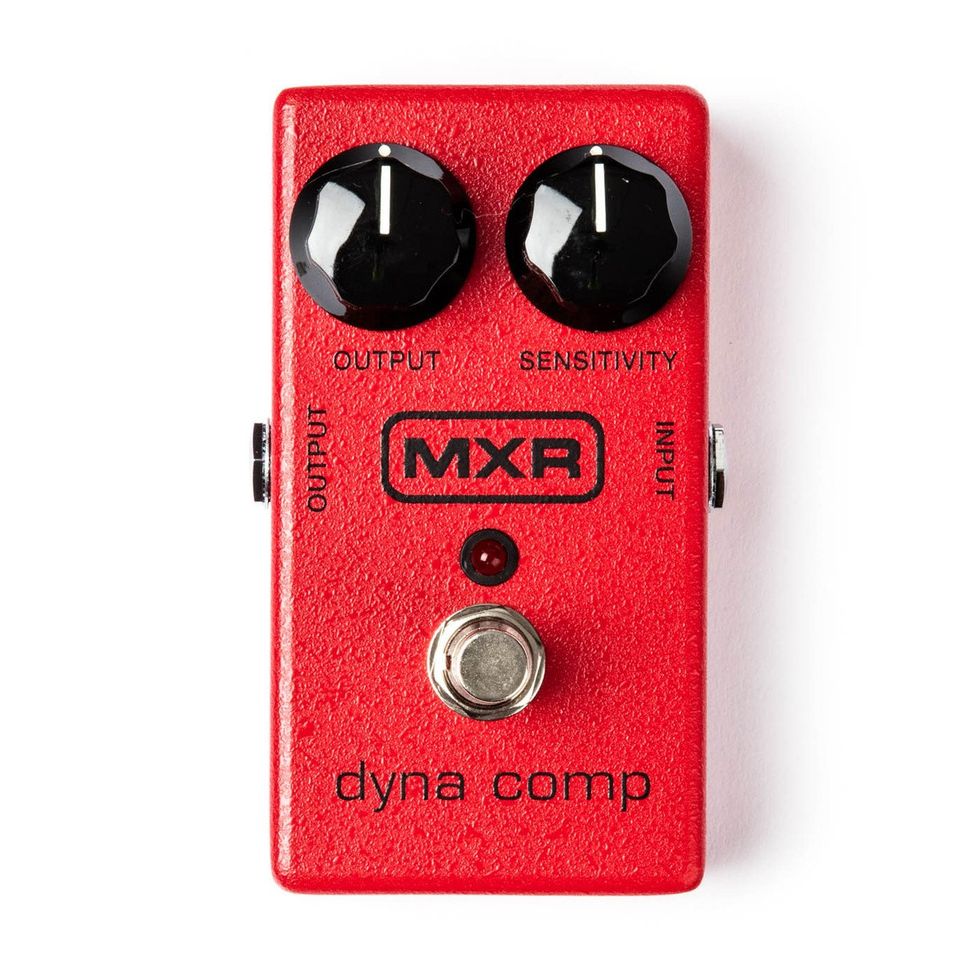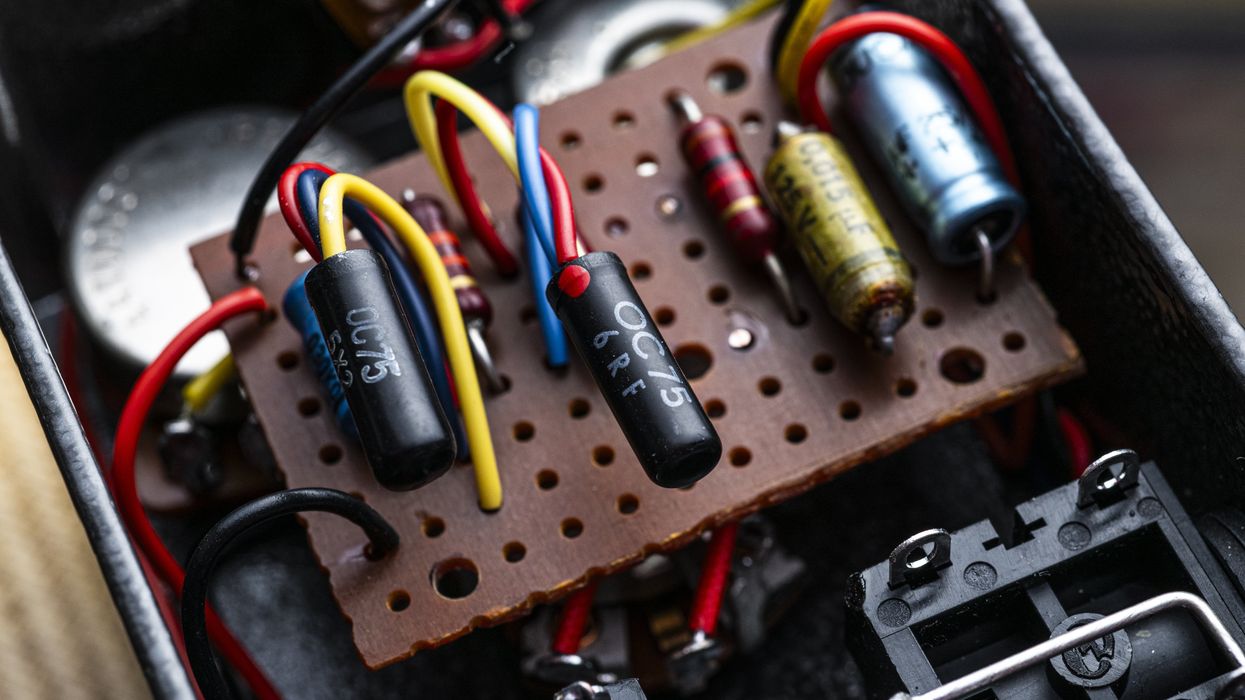It is a cruel world out there, and no quarter is offered to your pedals, no matter how carefully you proceed from gig to gig. Just like an amp or guitar, your pedalboard can become an instrumental part of what you do as a player. But broken pedals are natural given they’re instruments that you step on, so getting them repaired is something we’ll all need to confront. While we’d love to have nothing wasted and everything working, whether or not something can be fixed reasonably is not always cut and dried.
The value of the pedal is an important factor. Since the cost of labor and expertise is so high, it can be very easy for repair costs to quickly exceed the value of the thing being repaired. For example, there’s a multitude of guitar effect pedals available between $30 and $40. Should one of the footswitches in those pedals fail, a replacement footswitch goes for 25 percent of the pedal’s entire value, and that’s before any work has been done to make an actual repair. At typical labor rates, spending 15 minutes fixing a broken footswitch can bust the bank on a budget pedal. As sad as it is, some stuff just isn’t worth having it be fixed professionally.
Conversely, a great candidate for repair is something like a vintage Nobels ODR-1. The values have skyrocketed, so there’s no question it’s worth fixing. Since minimizing labor is critical, it is triply good that they are simply constructed, made from mostly sourceable components, and contain relatively basic analog circuits with widely available circuit diagrams. But there are high-value pedals that aren’t as tech-friendly. Our benches have seen pedals plagued with complication and no documentation, constructed from unobtanium parts and assembled like a house of cards. In such cases, a technician will need to disassemble the box, study the circuit long enough to understand its operation (despite the fact it is not currently working), deduce what is malfunctioning, and spend time sourcing replacement parts. The tech will then have to decide how little to get paid for all that work, since after developing this plan, the client can simply say no to the repair if the price is too high. Repair work is brutal. Bake your technician some cookies.
Repair work is brutal. Bake your technician some cookies.
A horde of critics will complain that no one should be able to charge the hourly rates that most repair work demands. Most of them have not had the misfortune of actually running businesses. The unvarnished economics is that a busy tech can choose to either work on something at a discount, or pass and move on to something that will put food on the table. The obvious answer means that there’s a great deal of gear out there that, hypothetically, could get fixed, but, practically, can’t get fixed.
If you have a new production pedal that is malfunctioning, I highly recommend first contacting the manufacturer. Most manufacturers, particularly boutique builders, are extraordinarily helpful when it comes to getting their customers’ pedals working again. As the creator of your device, they will have all of the experience and documentation to make quick repairs and a vested interest in giving you an optimum experience. Most builders recognize that a repair can be an opportunity to take a situation from bad to good, since going the extra mile serving a customer may more than make up for any bad feelings associated with a pedal that suddenly stopped working properly.
For pedals made by larger manufacturers, check and see if there are any authorized service centers. Companies like Line 6 often outfit local repair shops with the equipment and resources needed to repair their products. This can save you the hassle of sending your pedal across the country or the world for repair. These types of shops are often limited to major markets, but if you live in or near an urban area, you may have access to local repair.
DIY is another great avenue! There is a ton of information out there, and a person who learns how to replace footswitches, jacks, and potentiometers will be able to fix 50 to 75 percent of all the broken pedals in the world. But if you’ve no interest in self-sufficiency and want to keep your maintenance costs down, buy effects that are simple circuits or buy from companies big enough and benevolent enough to provide easy-to-access long-term support. May the odds be ever in your favor!


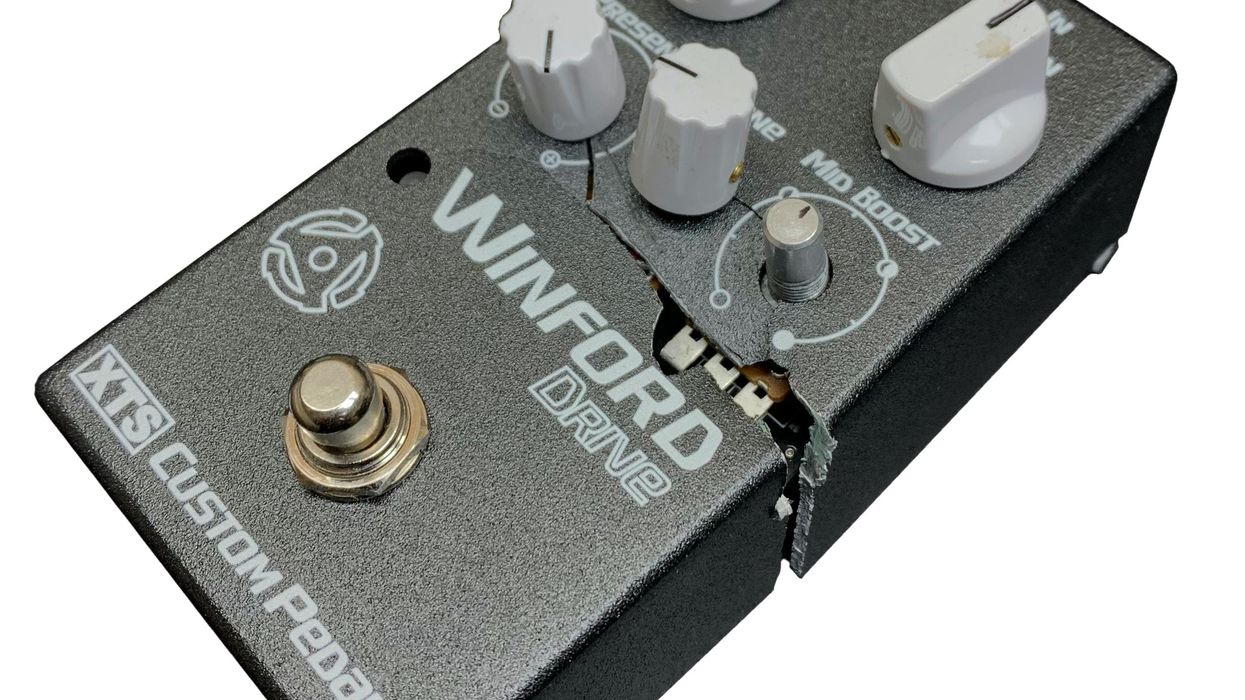

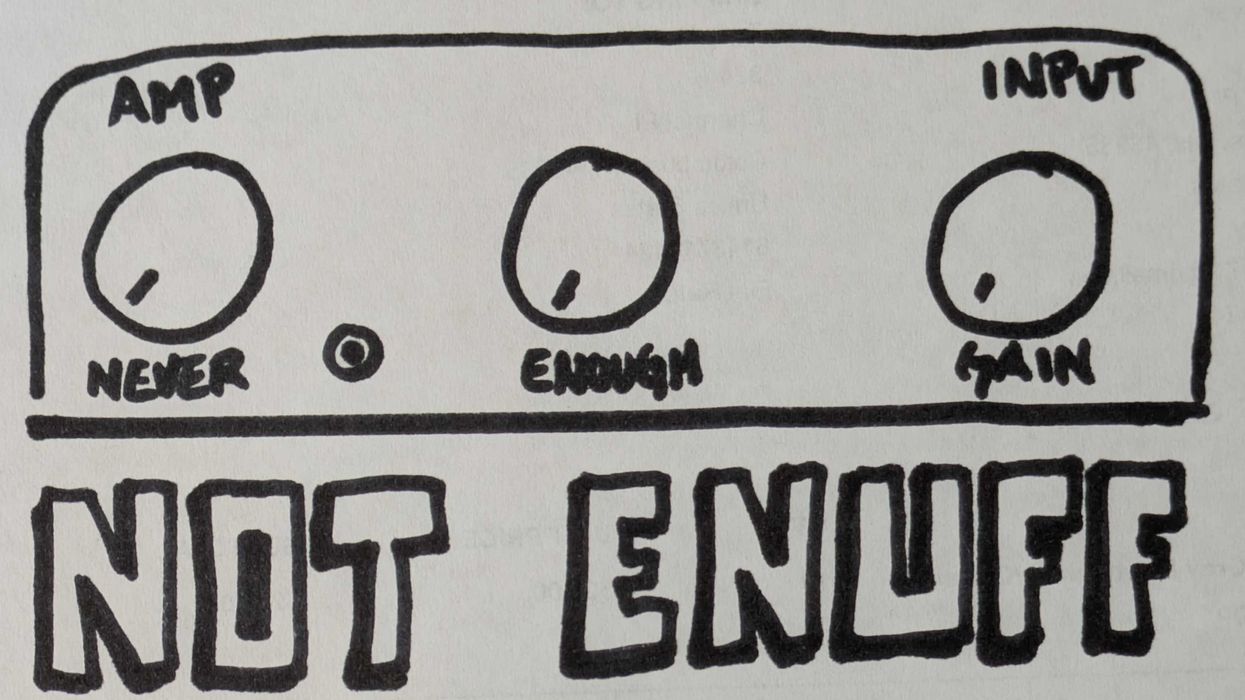
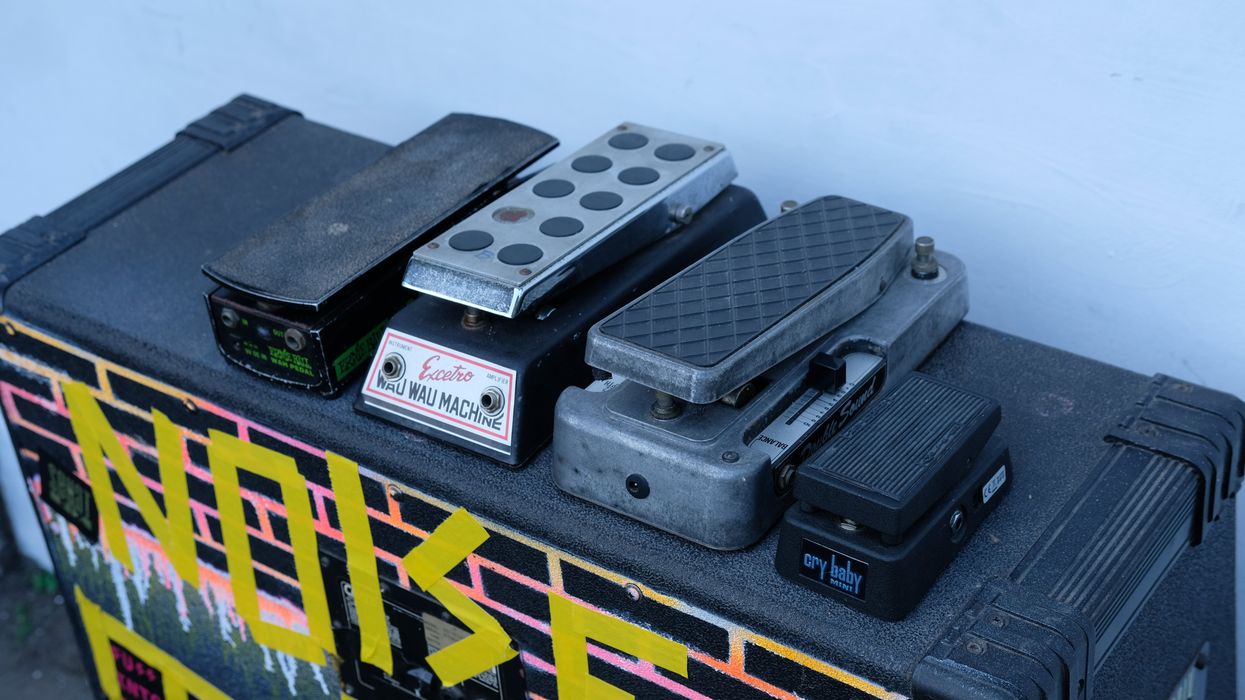
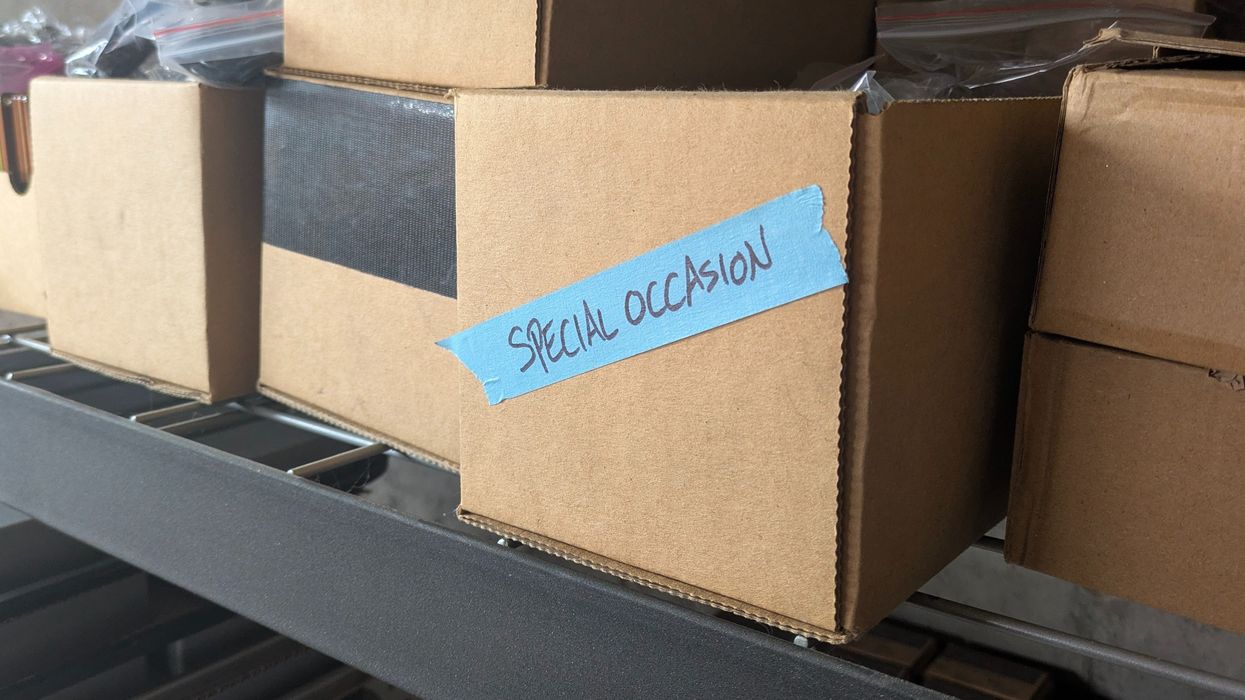
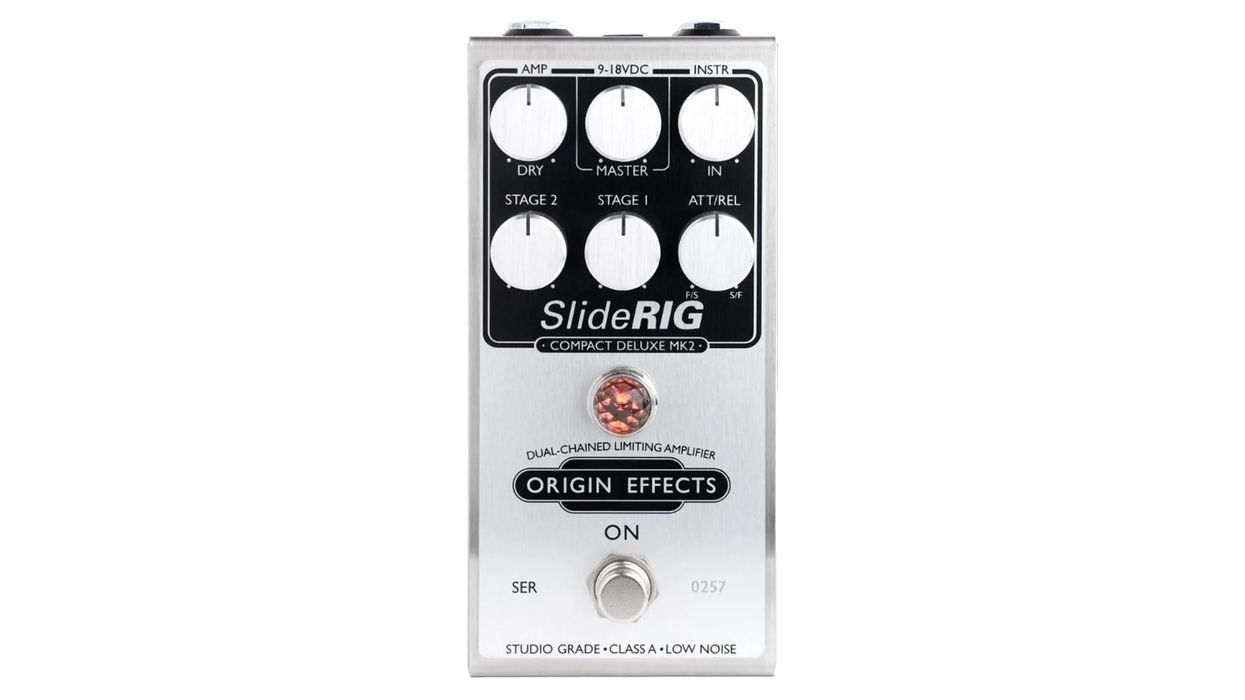




![Rig Rundown: Russian Circles’ Mike Sullivan [2025]](https://www.premierguitar.com/media-library/youtube.jpg?id=62303631&width=1245&height=700&quality=70&coordinates=0%2C0%2C0%2C0)


